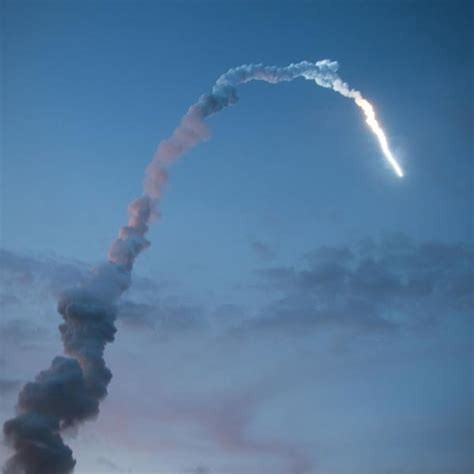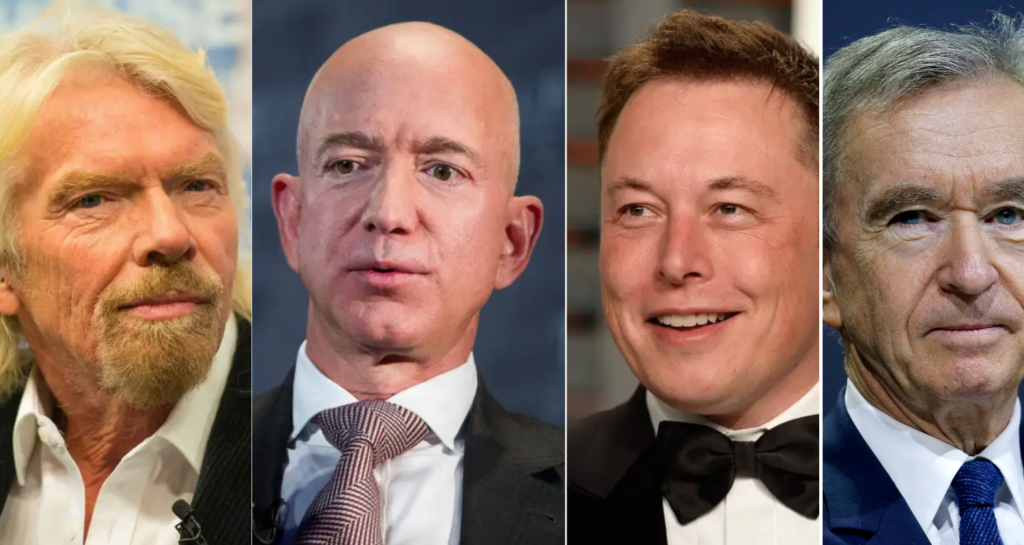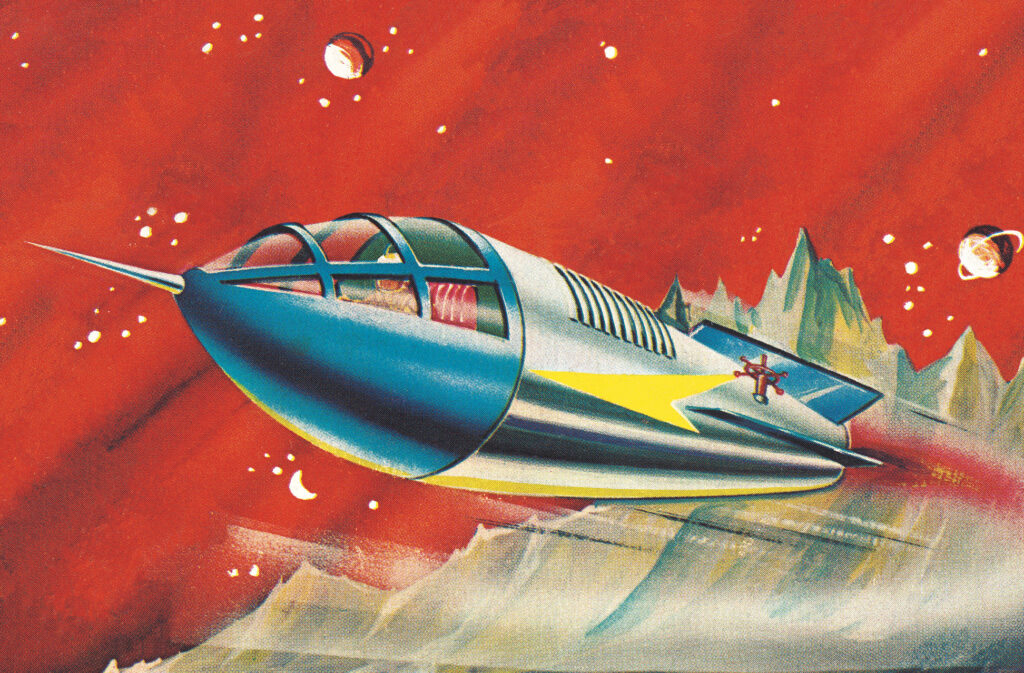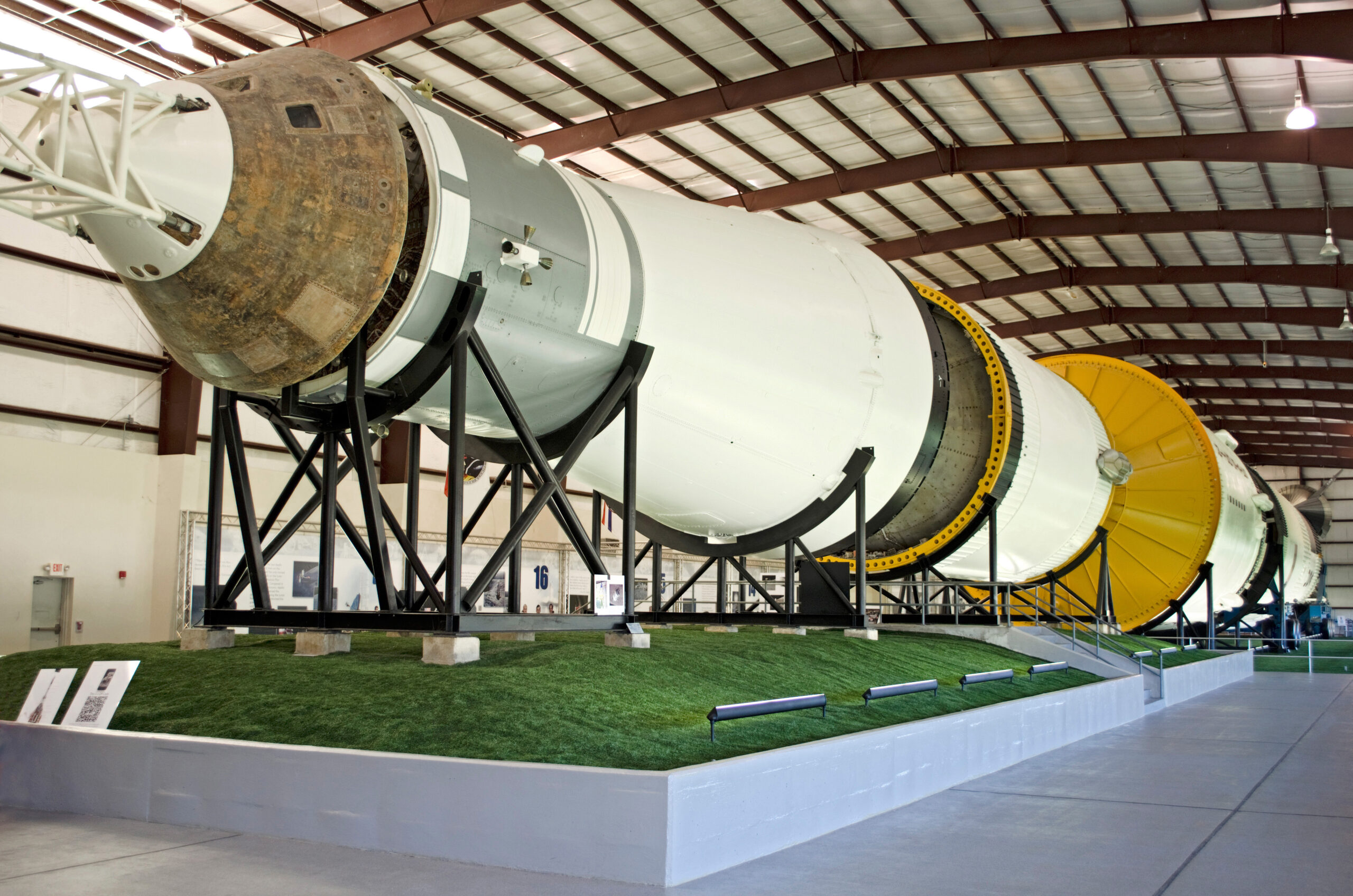This paper is to share my opinion about the situation in Europe vis-à-vis launchers. I have shared recently my views about the progress of the Chinese space industry: clearly Europe lags behind the US and China. This is also true for launchers with 5 European launches in 2020 (44 for the USA, 39 for China and 17 for Russia). Where does this situation come from and what can be done about it?
The innovators dilemna
I believe a large part of this situation is linked to the innovators dilemna, so let’s just describe briefly what it is about. This concept has been developped by Clayton Christensen in his famous book, the Innovator’s dilemna. The principle is quite simple: a successfull company with a succefull product has no incentive to create disruptive products that will compete with its own product. This would both be a potentially risky investment and, if successfull, creating an internal competitor to its existing products. Thus, such a company will rather focus on improving (via incremental innovation) its existing products, defend its customer base and increase its marketing efforts. A famous example is Kodak that was killed by digital photography although it invented it. However, as a company, it chose to put all resources on its cash cow, the traditional film, while at the same time new companies in the photographic industry were both creating a new market (people never taking pictures) and taking over its existing customer base. And when Kodak tried to react, it was too late and the company crushed….
I believe that the European launch industry faces a similar issue.

Decades of European successes
Ariane is a true success story of the European space industry and space policy. It started in the late 70s with Ariane 1 (obviously!) with a first launch in 1979. 40 years and 4 generations later, it’s more than 250 succefull launches that Arianespace can be proud of.
This has been a technical success that started at a time when the USA were the world leaders. Improvement after improvement, Ariane became one of the most reliable launchers available.
It was also a commercial success while originally Ariane was created to give Europe its independancy from the other countries, especially the USA. The per kg cost in orbit from Ariane was more competitive than traditional US launchers for a long time and its reliability brought down insurance cost and increased confidence from the customers.
It was a success of European integration, but I must say (cocorico!) under the impulsion from France that accepted to take most of the risks at the begining. Nowadays parts of an Ariane rocket come from all over Europe: France, Germany, the Netherlands, Sweden, Italy…

The world is changing ; space too
Things started to change around 10 years ago with the advent of New Space along 3 different lines.
First, the reduction of cost of satellites in parallel with the redution in size (micro-, nano- and even pico-sats..) generated an increase in the number of payloads and created a demand for cheap launches for a large number of small satellites. This directly created a potential market for launchers and thus new companies planning to serve these customers: Rocket Labs (NZ), Vector Launch (US), OneSpace (CN), Astra Space (US) are the most advanced but many new projects are in the works…
Second, launchers were no longer the appanage of western economies. Emerging countries like China and India, with strong space programs, invented their own low-cost launchers. We remember that in 2017 the Indian PSLV (Polar Satellite Launch Vehicle) established a world record, launching succesfully 104 small satellites! A real breakthrough that demonstrates again the capacity of India to adapt technology for low-cost uses!

Third, a number of high tech biilionaires wanted to have their dreams of space come true, so they decided to make their launchers. One wants to go to Mars, the other to promote space tourism and all of them want to make a profit of that. And graduating from the Silicon Valley or Start Ups, they all come with their own fresh ideas to reduce costs: reuseability, mass production, agility (try-fail-correct until it works), loosen reliability constraints… The result? New business ideas, new ways of doing engineering
What is done in Europe ; what can be done
And in the meantime, what’s happening in Europe? Again, Europe has suffered from the same factors that used to make it a success decades ago and that now prevent new developments: focus on a single successfull product and no opportunity for new ideas or different projects….
However, the software has changed and Europe and its space agencies have finally understood: they can no longer just say « it’ll never work« . And measures will be taken, at the institutional level (see excerpts from the Thierry Breton speech at the end) to define a European launcher strategy. This is very positive as it can give an impulse but it presents the usual risks of this kind of initiatives. First, that each party tries to get the most of it (geographical return someone?). Second that the players take the subsidies and voilà (European sovereign cloud someone?). Third, that the industry/agencies try to copy what has been done elsewhere but just ten years later, without trying to go one step further (I will name no one…).
On the private side, there are many European projects for small launchers that are seen as the opportunity for the growing market of nanosatellites. To name a few, Venture Orbital in France, Hyimpulse and Isar Aerospace in Germany (Isar raised 70M€ in equity) and Orbex in Scotland. Clearly, there is a trend in space entrepreneurship in Europe and I believe we can thank Elon Musk for that: he has put the dream back in space with his martian project and has demonstrated the feasibility of creating a rocket company…

To finish this paper, here are my personal thoughts on European launchers.
First, access to space is strategic: Europe needs to have its launcher for this purpose, just like Europe launched Galileo and Copernicus. Ariane is the natural vehicle for that and has demonstrated that it can work. It should continue on its track, but all disruptive ideas or projects should be put in a separate entity to avoid being killed.
Second, Europe should foster innovation in the launcher field, outside traditional space circuits. Budgets need to be set aside in favor of start-ups or SMEs: in form of R&D subsidies, funds for equity, tax credits (for funds investing in space launchers)… Europe needs to create the right economical, cultural and technical environment in favor of these developments
Third, Europe should support SMEs through direct purchase reserved for European companies, via a real small business act. Europe has too often promoted free competition, forgetting that there is no way to compete with low cost countries, leading to job destructions and loss of technological advantage.
There is nothing very new here and nothing very specific to the space sector. I firmly believe that a unified Europe can contribute strongly to the space launch activity, both supporting Europe’s strategic independence while at the same time it can develop innovation through small companies and young entrepreneurs. But if we are not united, we will keep losing ground to the US, China, India and who knows which other country…

Addendum: from Thierry Breton, 12 January 2021
Strategic autonomy in launchers and Space Traffic Management (STM)
Third, I wish to promote our strategic autonomy and the imperative need we have to act upon our existing and future strategic dependencies.
Enhancing Europe’s strategic autonomy in space, is not an option. This is not about closing the door to our partners. It is about developing and maintaining our infrastructures, technologies, skills, competences, and reducing critical dependencies on third countries, so we can rely on our own if necessary.
And the first element is launcher. There are no space policy without autonomous access to space.
Now that the Space Programme is adopted, we are ready to aggregate our institutional demand (Galileo, Copernicus, future secure connectivity, IOD, IOV) over the whole seven-year period.
For the first time, we will also be able to use the EU budget to support the European launcher industry in the full chain: from earliest research on new propulsion technologies to long-term contracts for the launches of our EU satellites.
But considering the global market and the offensive positioning of our competitors, it is not the time for complacency. Yes, we have fantastic EU launchers, competitive of the global stage.
But the standards for launchers are currently being redefined outside of Europe. We must ask ourselves: will our current approach successfully get us to 2050, considering the disruptions in the sector that we all observe? I strongly doubt it, and I believe we need a more offensive and aggressive strategy.
Europe cannot afford to be divided on this strategic questions. We need to be able to go beyond the national interests. There is therefore an urgent need to break the taboos of this debate, to seat and discuss all together and define a new set up for Europe to design a true and genuine European strategy for launchers.
As the first institutional customer, but also being in charge of space policy at large and space industrial competitiveness specifically, the Commission is ready to and will play its role.
In that perspective, and in the same way we did with GAIA X for the Cloud, we need to go beyond the cooperation between a limited number of countries – albeit necessary – and europeanise this reflection. I will therefore gather in the next months all the actors to initiate a European Launcher alliance so to be able to jointly define, with ESA, the Member States, the European Parliament, the industry, a common roadmap for the next generation of launchers and technologies relevant to ensure an autonomous access to space.


Comments are closed